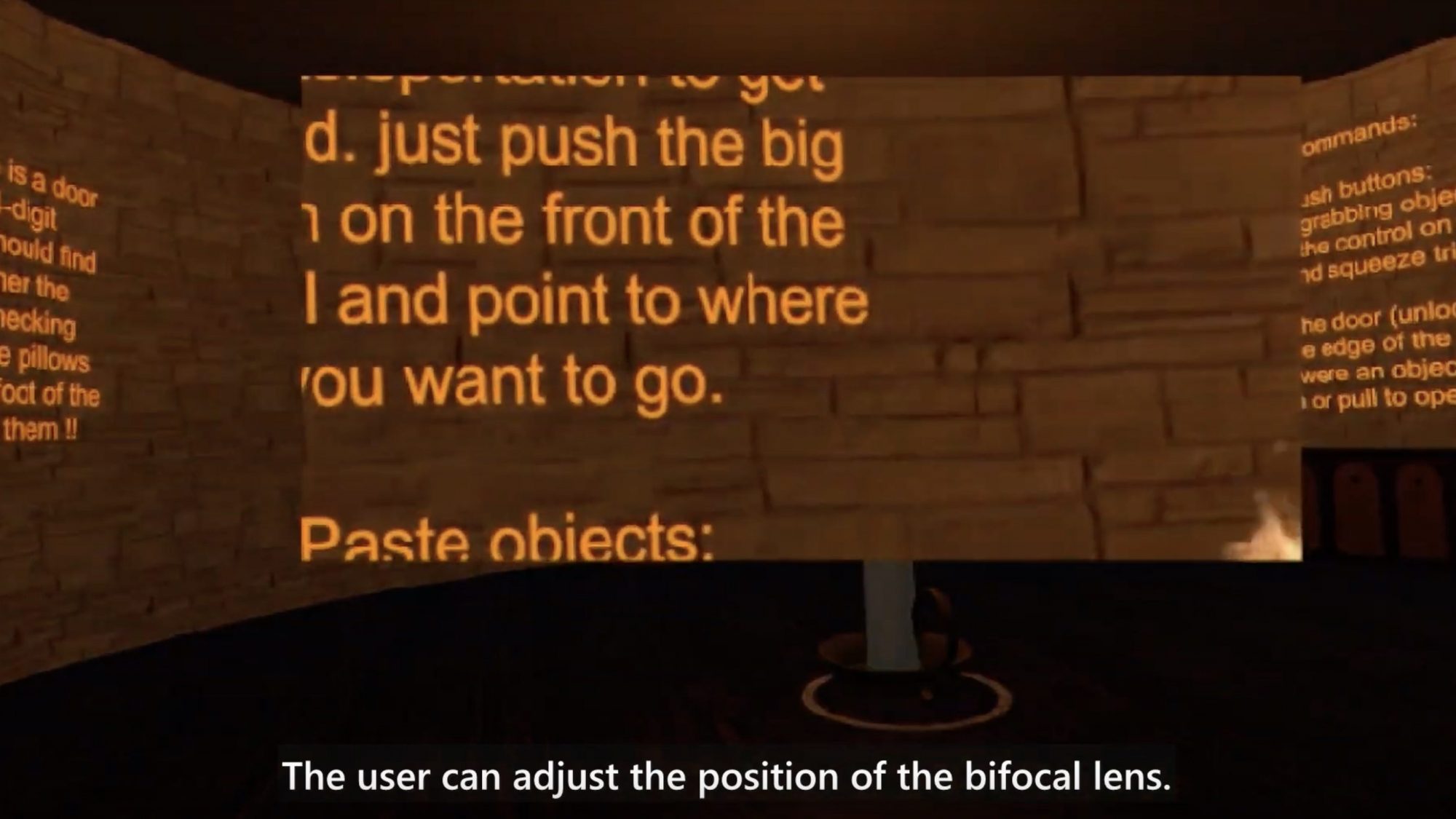Conceptually, virtual reality headsets present a fantastic opportunity to aid users with low vision: Up-close screens with high contrast and personally calibrated lenses could enable people to see details that might be missed in the real world. But as VR software isn’t generally optimized for low-vision users, Microsoft researchers are previewing a solution called SeeingVR, a set of tools that easily enable Unity app and game developers to add accessibility features.
The SeeingVR tools include all sorts of individual effects, ranging from brightness, contrast, and edge enhancement options to traditional magnification and window pane-like bifocal features. Developers can also highlight objects, create visual guidelines, and recolor scenes specifically to enhance them for low vision users; text can be visually augmented, turned into speech, or used to describe selected objects.

Unlock premium content and VIP community perks with GB M A X!
Join now to enjoy our free and premium membership perks.
![]()

![]()